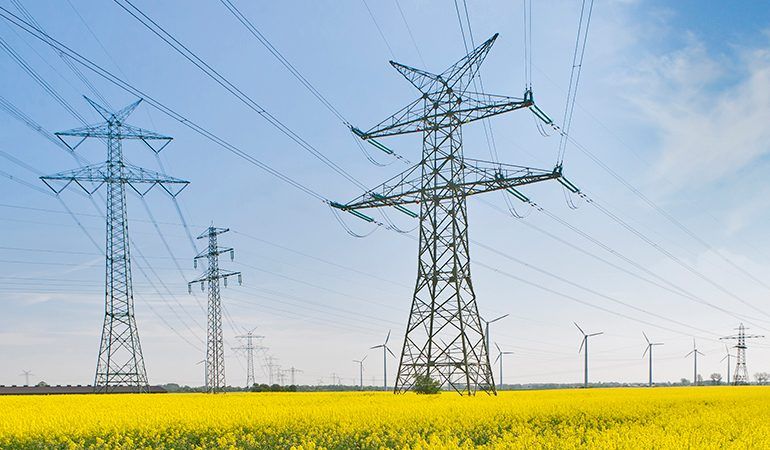
Monitoring and Inspection of Transmission Lines
Monitoring and inspection of energy transmission lines is an important topic for several reasons. To be able to intervene quickly in faults, to prevent leakages, to ensure the security of energy supply, etc. Many sub-headings make it mandatory to monitor and inspect transmission lines.
There are different risks such as short circuit, rupture (open circuit), illegal transformer connection in energy transmission lines. Although it is sometimes possible to detect such a situation, another question arises: where is the fault? Not knowing the location of the fault may require a complete inspection of a line. In some cases (such as a leaking transformer), the event may not be recognized, but events can be detected through notifications and instant inspections.
Even in terms of the costs incurred for the elimination of a fault, let alone the cost of the occurrence of a fault, detecting the fault quickly and directing the teams to the right point stands as a business need. Moreover, in terms of energy continuity, this need will gain even more importance.
Simple devices can be installed to detect power failure in transmission lines, and it is also possible to detect short circuit incidents. It is obvious that more intelligent structures will be needed for violations such as illegal transformers. With a system that transmits the information to be received from important points determined on a network to a data center and monitors the changes with a software on this center, it will be possible to both describe the fault and determine its geographical location.
In these systems to be established, the devices located in the field should have an ID and their locations should be clearly recorded in the system. In addition, it would be wiser to use GSM for communication in terms of communication continuity. Another feature should be that the energy required by the system should be taken from the transmission network and the battery should be redundant just in case. The system will be able to generate different information by determining the current flowing through the transmission wire and the amplitude of the voltage. A single GSM module should be used to transmit information from points close to each other. If the communication between the meter and the communication module is RF, the installation will be easier. Considering that at least three measurements will be made at each point, this approach will provide significant cost savings. How often the system will transmit information will be determined by the team designing the system. How many kilometers a detection system will be installed on uninterrupted lines should also be determined by the operator.
It is also important that this system is integrated with other existing systems. Converting the fault or leakage information obtained directly into a work order will both speed up the processes and eliminate negligence.
I foresee that such monitoring systems will become widespread in the near future and will develop with some additional features. Another expectation is that both foreign and domestic companies will enter into a serious competition in this market. For a traceable and manageable public grid, these applications will need to be encouraged and even made mandatory after a certain stage.